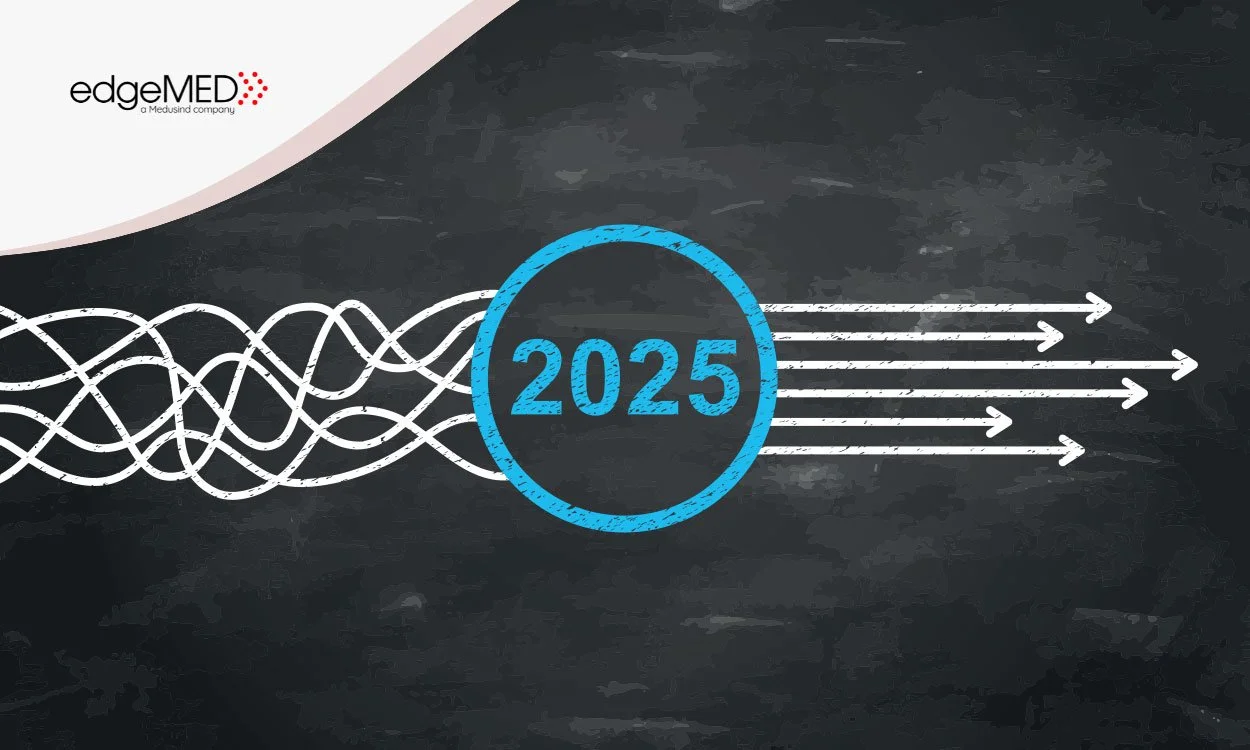Expanded Medicare GLP-1 coverage and transparent Medicare Advantage prior authorization rules could soon become a reality
There’s good news on the horizon: If finalized, a new proposed rule from the Centers for Medicare & Medicaid Services (CMS) would make Medicare Advantage plans’ internal coverage criteria publicly available and expand GLP-1 coverage to include treatment for obesity. CMS released the rule (CMS-4208-P) on November 26, 2024, and comments are due 5pm EST on January 27. If finalized, these proposals would be effective January 1, 2026. View a summary/fact sheet about the proposed rule here.
CMS proposals for prior authorization and GLP-1 coverage
For the purposes of Medicare Advantage prior authorizations, CMS proposes to define Medicare Advantage internal coverage criteria as “any policies, measures, tools, or guidelines, whether developed by an MA organization or a third party, that are not expressly stated in applicable statutes, regulations, NCDs, LCDs, or CMS manuals and are adopted or relied upon by an MA organization for purposes of making a medical necessity determination at § 422.101(c)(1). This includes any coverage policies that restrict access to or payment for medically necessary Part A or Part B items or services based on the duration or frequency, setting or level of care, or clinical effectiveness.”
If finalized, each Medicare Advantage organization must publicly display on its organization's website a Medicare Advantage prior authorization list of all Medicare items and services where the Medicare Advantage organization uses internal coverage criteria when making medical necessity decisions.
For internal coverage criteria, the Medicare Advantage organization must provide:
Each internal coverage criterion in use and a summary of evidence that was considered during the development of each internal coverage criterion used to make medical necessity determinations.
A list of the sources of such evidence that are connected by footnote to the applicable coverage criterion.
An explanation of the rationale that supports the adoption of each coverage criterion used to make a medical necessity determination.
Reforming Medicare Advantage prior authorizations
Medicare Advantage prior authorization rules continue to challenge medical practices nationwide, and this most recent reform may signal potential relief. In CMS-4208-P, the agency expresses concern about barriers to access and the need for reform related to Medicare Advantage prior authorization, utilization management, and coverage decisions. While not the first rule to address Medicare Advantage prior authorizations (here’s a CMS FAQ about previous rules), CMS-4208-P is the latest effort to tackle the issue.
In addition to transparent coverage criteria, other key prior authorization-related proposals in CMS-4208-P include the following:
Address after-the-fact overturns that can impact payment.
Allow CMS to collect detailed information from initial coverage decisions and plan-level appeals (e.g., decision rationales for items, services, or diagnosis codes).
Define the meaning of ‘internal coverage criteria’ to clarify when MA plans can apply utilization management.
Ensure plans make enrollees aware of appeals rights.
Expanding Medicare GLP-1 coverage
This news about MA prior authorizations comes commensurate with CMS’ announcement in the same proposed rule that it will expand access to anti-obesity medications by broadening GLP-1 coverage. More specifically, the agency proposes to permit GLP-1 coverage when patients need anti-obesity medications to reduce excess body weight and maintain weight reduction long-term. Current GLP-1 Medicare guidelines permit GLP-1 Medicare coverage through Part D plans, but only for weight loss medications that the FDA has approved for type 2 diabetes and cardiovascular disease. As of August 2024, this list of FDA-approved drugs for obesity includes Ozempic, Mounjaro, Rybelsus, and Wegovy. Expanded GLP-1 coverage would mean more patients would have access to these life-changing medications.
Understanding the implications of new GLP-1 coverage
If CMS moves forward with this plan, it estimates expanded GLP-1 coverage would increase costs to the federal government by $24.8 billion for Part D and $14.8 billion for Medicaid over the next 10 years.
The proposal comes in the wake of CMS’ growing recognition of obesity as a disease and the increasing prevalence of obesity in the U.S. population generally, and in the Medicare population more specifically. Note that under this proposal, only individuals with obesity would qualify for coverage. GLP-1 coverage would not extend to those who are overweight but do not have obesity.
Preparing for expanded GLP-1 coverage and transparent prior authorizations
If finalized, Medicare Advantage prior authorization transparency and expanded GLP-1 coverage would have signification implications for patients and medical practices. Should Medicare finalize these changes outlined in CMS-4208-P, medical practices can take the following steps:
Appoint someone to monitor Medicare Advantage websites. Stay abreast of internal coverage-related publications to improve revenue cycle management performance.
Leverage publicly available information to streamline workflows. Create cheat sheets, Medicare Advantage prior authorization lists, and other tools to help physicians work more efficiently and reduce uncompensated time as Medicare Advantage internal coverage criteria and Medicare Advantage prior authorization rules become publicly available.
Prepare for an uptick in GLP-1 coverage interest from patients. Determine how your medical practice will accommodate increased call volumes, inquiries, and appointments from Medicare patients seeking GLP-1 medications for the treatment of obesity should an uptick occur. Medical practices may also want to consider ways to help patients access these anti-obesity medications during times of medication shortages. For example, this might include providing a list of all local pharmacies within a certain radius as well as mail-order pharmacies.
Looking ahead to new GLP-1 coverage and publicly available Medicare Advantage coverage criteria
All of these changes bring potential benefits to patients and medical practices alike. Embracing the changes can enhance patient satisfaction and engagement while promoting financial sustainability. Learn how edgeMED can augment these efforts.

